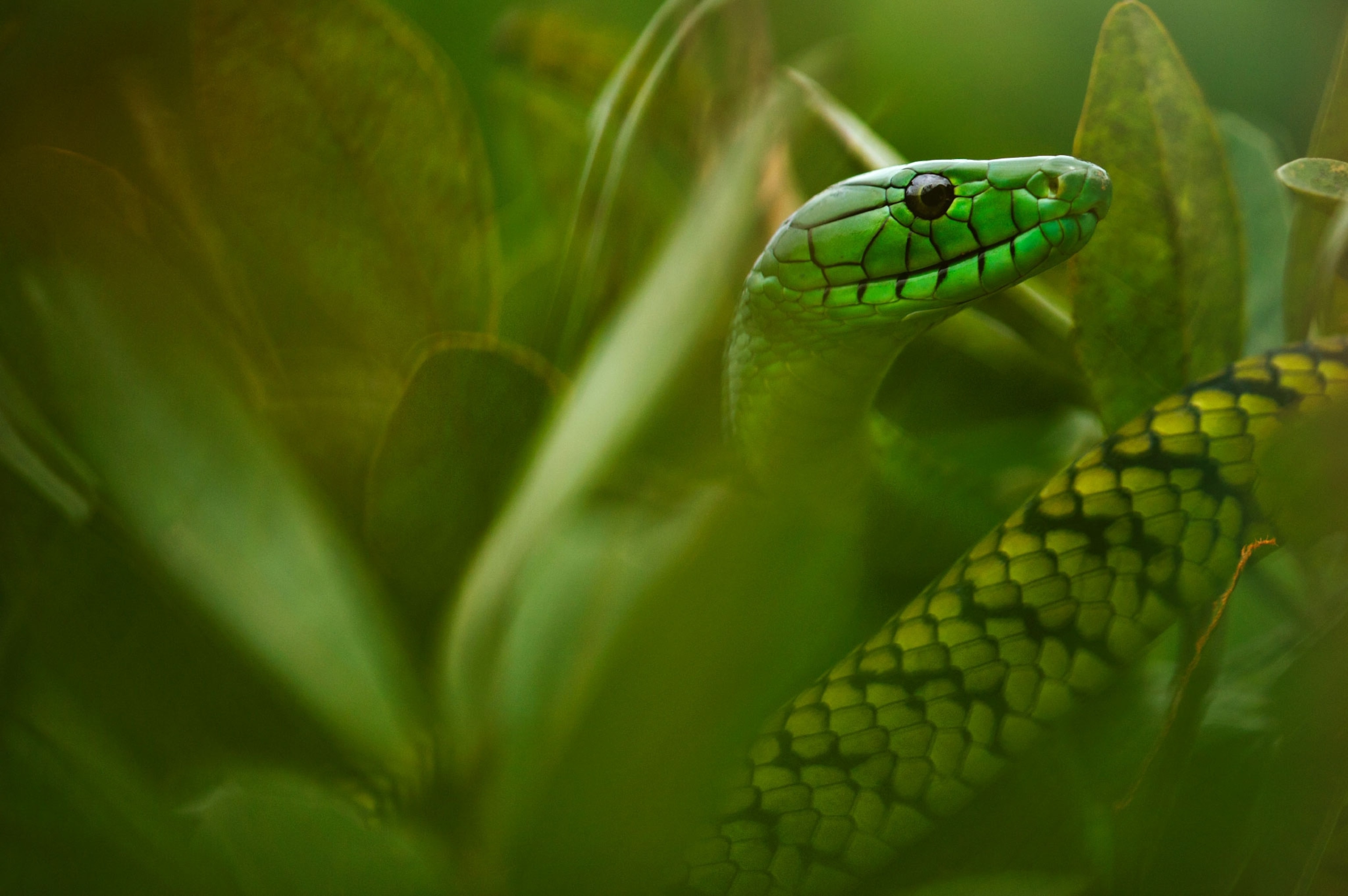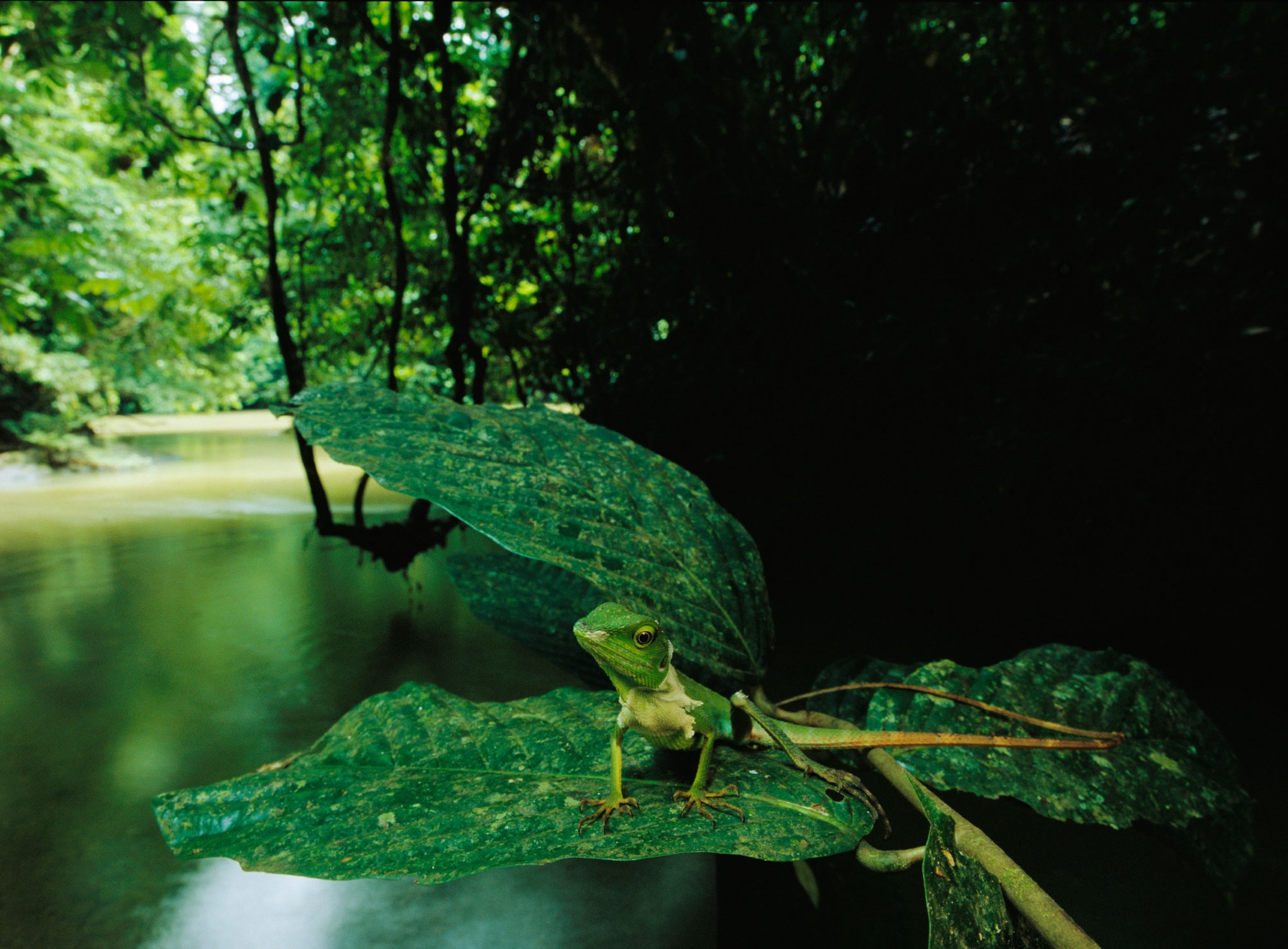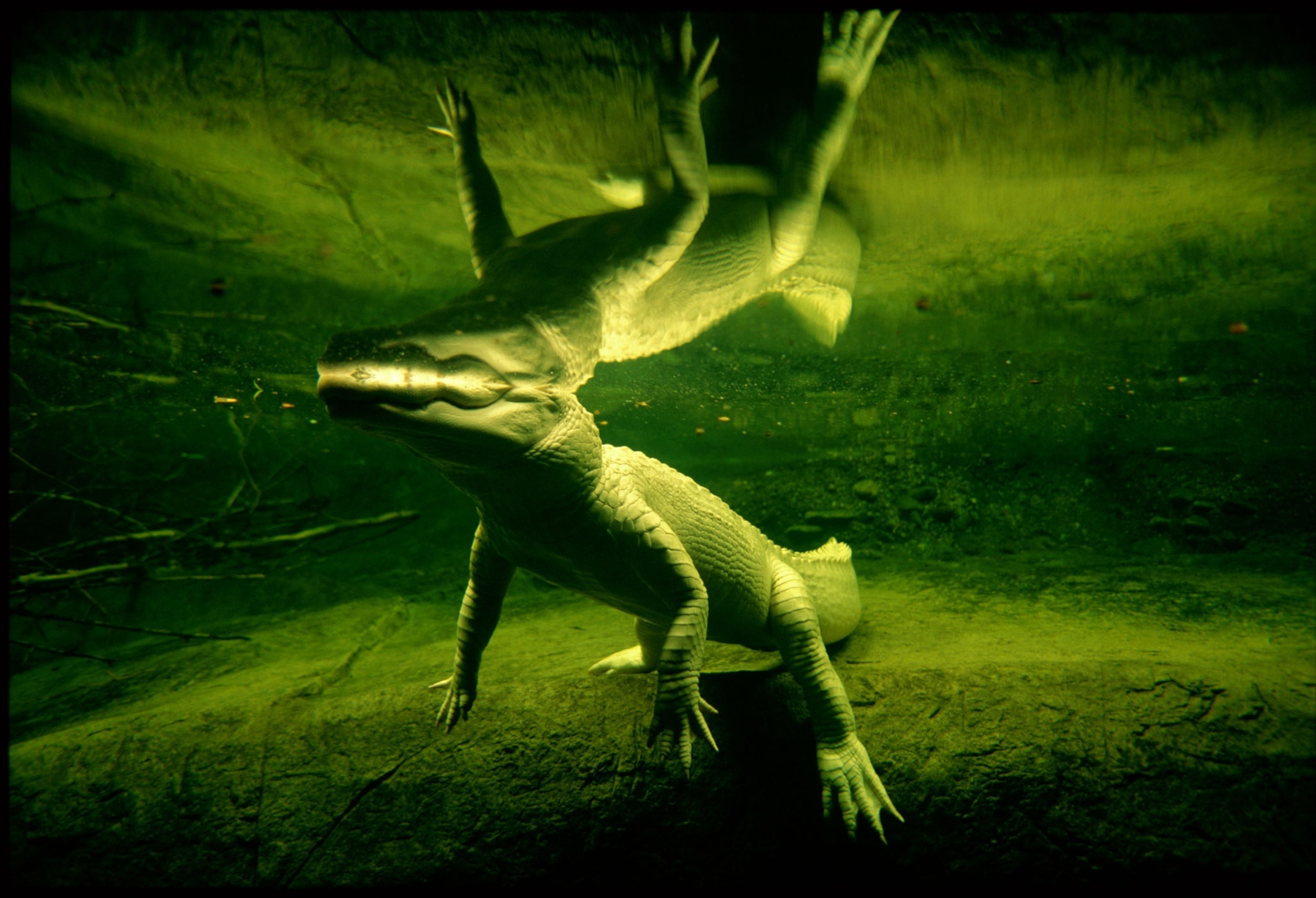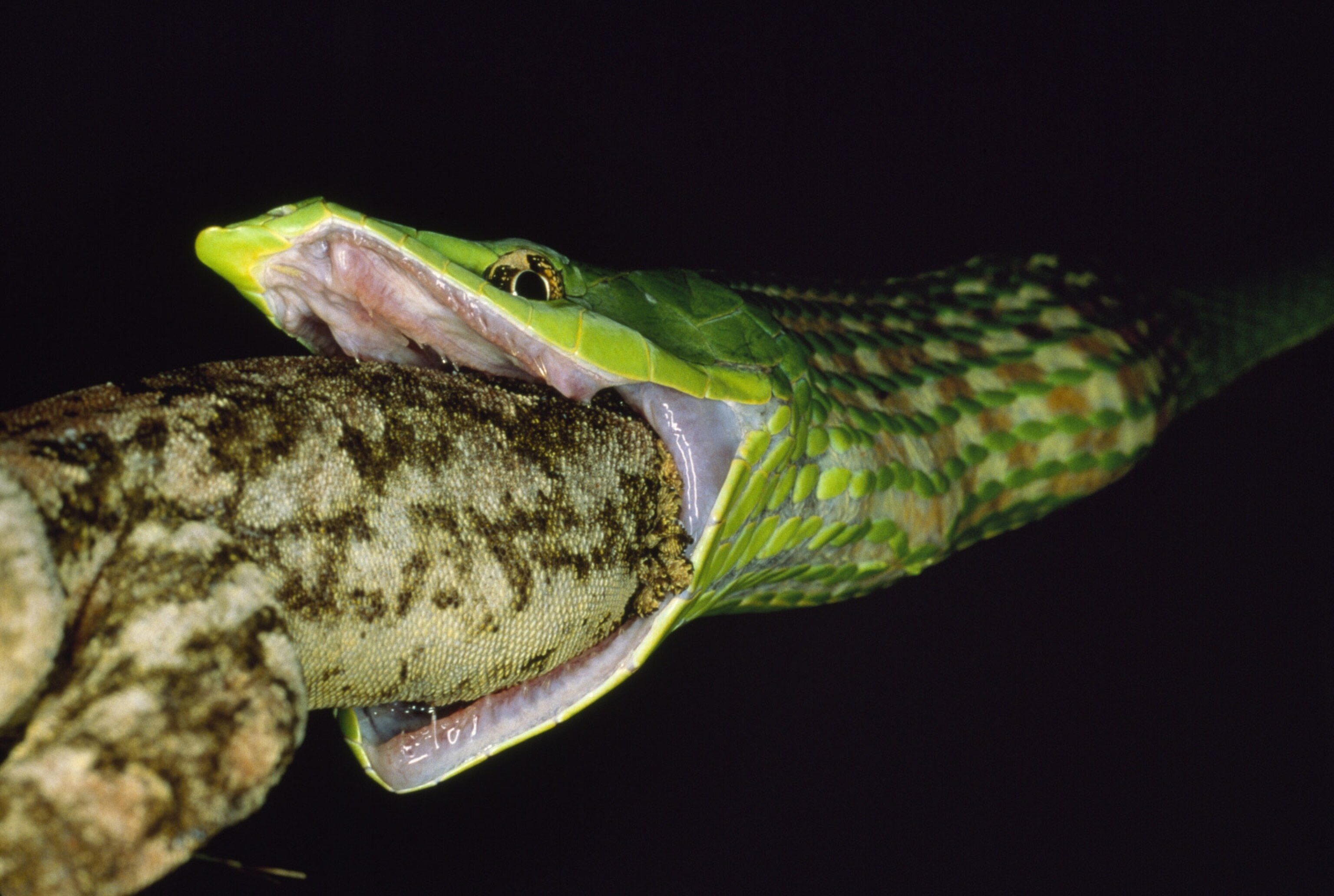Not all heroes wear capes. Some wear prosthetic tails. Meet Mr. Stubbs, an American alligator that lost its tail several years ago while being illegally transported by a group of animal-traffickers.
After being found in the back of a semi-truck loaded with other exotic animals in 2013, Mr. Stubbs was brought to the Phoenix Herpetological Society. He was then fitted with his first prosthetic tail, made from the cast of a similarly-sized dead alligator’s appendage.
This method proved to be a bit clunky, as each gator has a center of mass and buoyancy specific to itself. Using a prosthetic from a molding of another alligator’s tail didn’t give Mr. Stubbs the best opportunity to easily move about. As the gator matured, it eventually outgrew this and subsequent artificial tails.
Fast forward five years. Many advances have taken place in 3D scanning and printing, and the technology is much more accessible.
Justin Georgi, an associate professor of anatomy at Midwestern University in Gelandale, Arizona, had a master’s student in search of project, and together they decided to try to replace the tail of Mr. Stubbs—who had become something of a local legend. They collaborated with a local company called STAX3D to use an Artec 3D scanner to create a specialized appendage for the gator.
“They got the resolution where features even below the millimeter scale were visible and usable,” says Georgi, who specializes in the locomotion of large bodied reptiles, and helped construct the previous tails that Mr. Stubbs has since outgrown. “Watching it happen there in real-time was incredible."
This kind of precision allowed them to make the gator a well-fitting tail specialized to its size and body composition.
Georgi says he’s trying to figure the optimal way to craft prostheses for animals that are still developing. It’s obviously more cost-efficient to build a slightly bigger prosthesis for a growing alligator, but how can cost be juggled with what’s best for the animal at the time?
"With 3D technology, you can really custom fit or anticipate growth,” Georgi says.
Luckily, Mr. Stubbs appears to have taken to the prosthesis quickly, apparently integrating into the way he moves his body. He’d been fitted with the appendage for about five weeks when the gator tail-slapped a volunteer at the rescue facility, Georgi remembers.
“My initial reaction was, ‘That's wonderful!’" Georgi says, laughing. “Of course I had to stop and ask if the volunteer was okay, too. But hearing that he was using that tail in a natural fashion was just a terrific and exciting landmark." (See also: Alligators attack and eat sharks, study confirms)
Mr. Stubbs has, perhaps surprisingly, become an inspiration for some. People have told Georgi that seeing the gator get about with his new tail has made them more comfortable with their own prosthetics.
“That sort of thing [was] certainly secondary to the initial project of helping Mr. Stubbs, but it's also absolutely wonderful to hear," Georgi adds.















